“Breath in, Breathe out.” -Ruedi Gerber
With this, we started Sequerciani Arte Clima with people from Zurich, Sequerciani, and Tatti. Time passed as the wind touched the hills and blew through the grape vines and other plants.
Sequerciani Arte Clima started in June 2021. The field research, the walking, the conversations, and the visits all made sense. We wanted to know: How can we bring people together? We have brought people from abroad to meet locals, and we have brought local people abroad. Eventually, people who live on earth will meet one another. This project was just the beginning. One and a half years later, we are ready to take the next step with the people we have encountered and the knowledge we have gained.

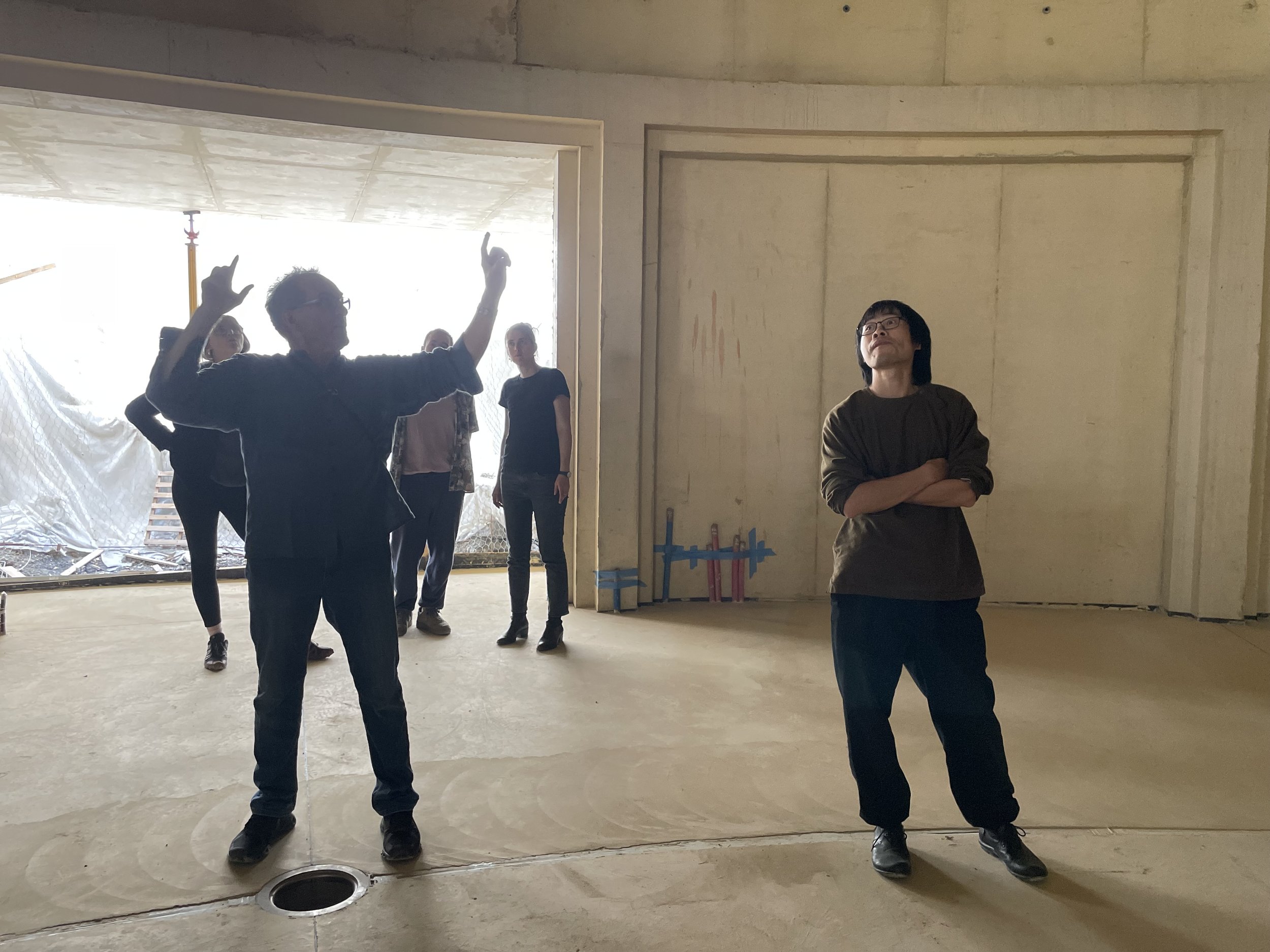



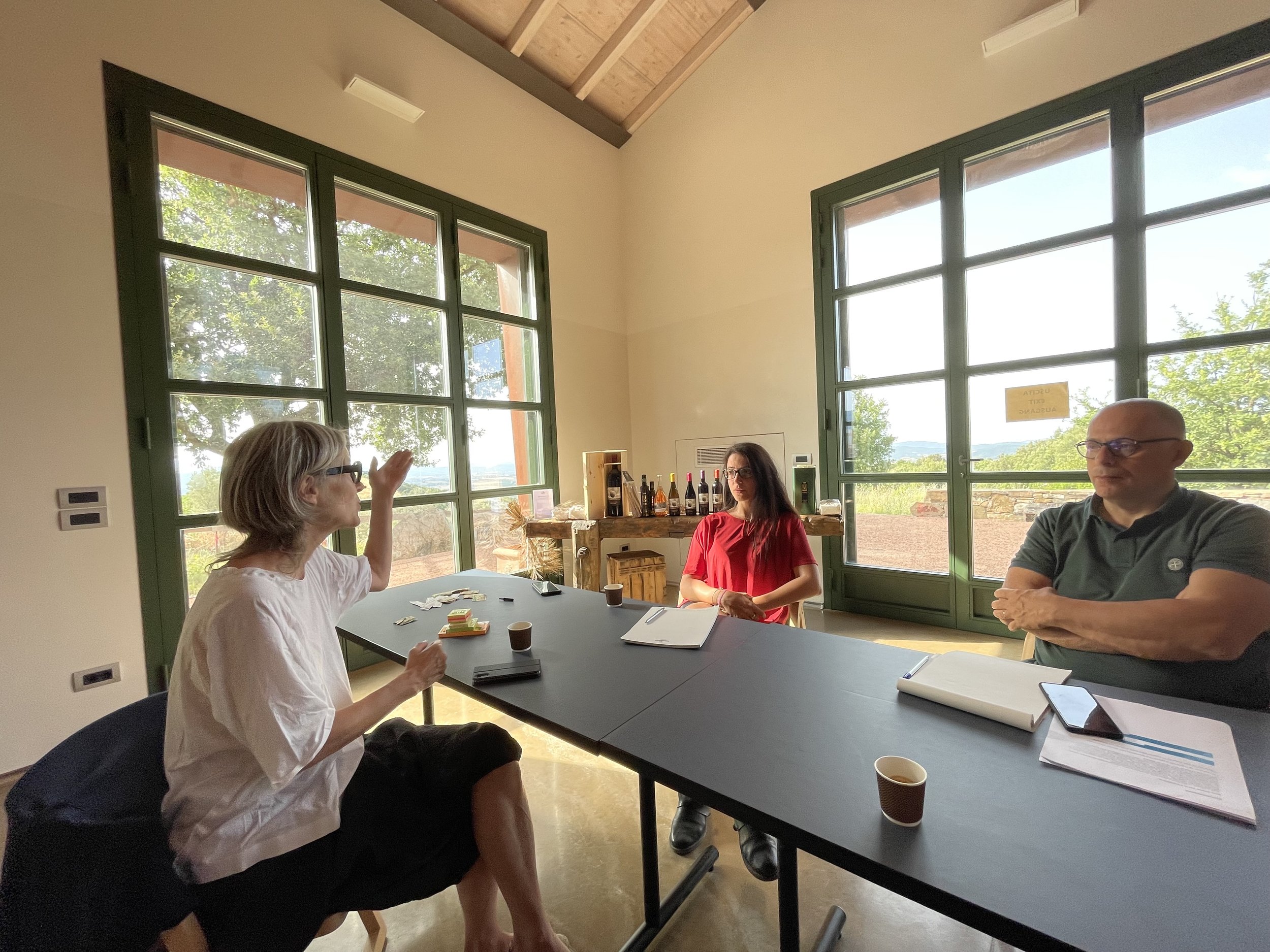
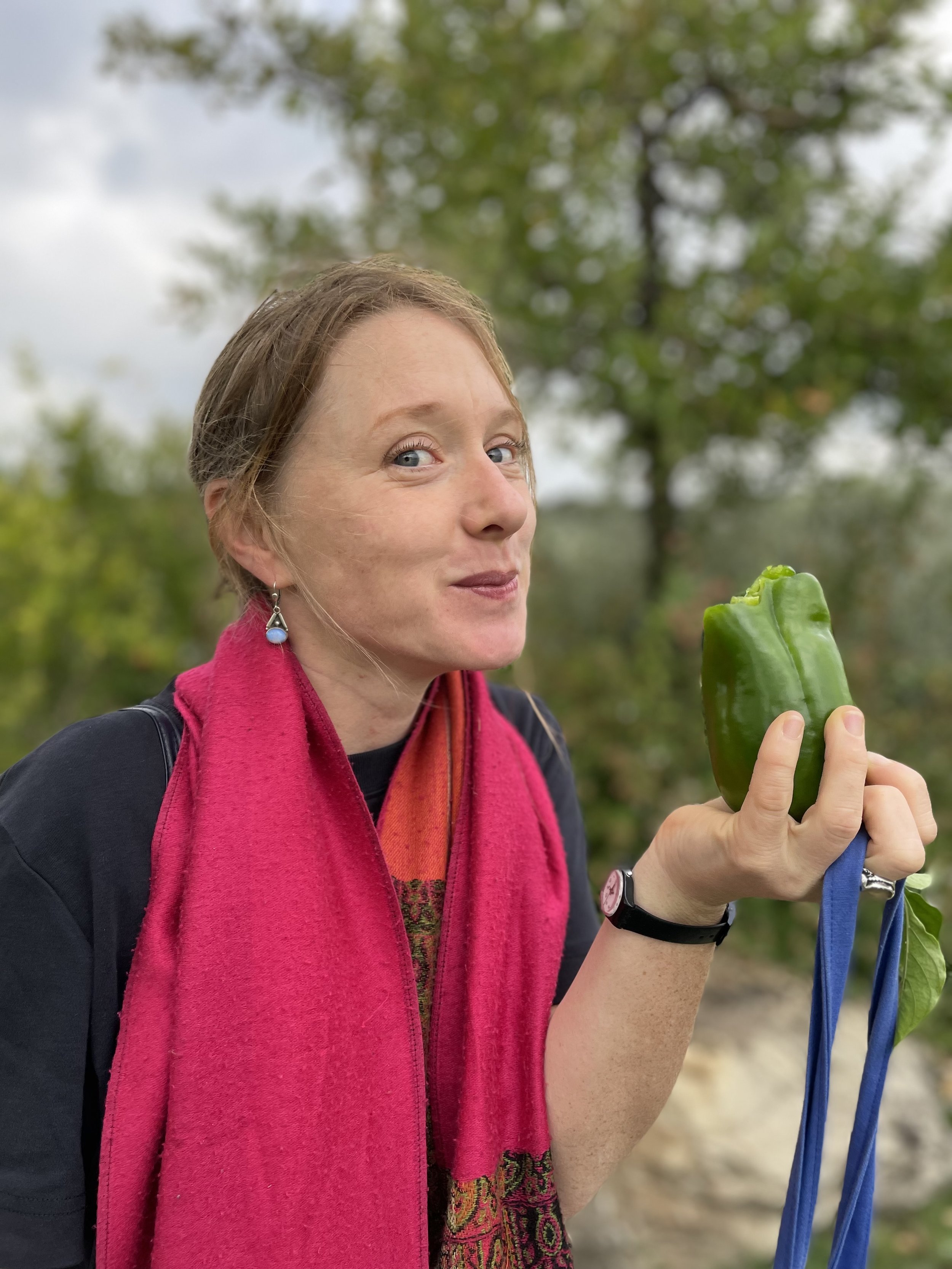
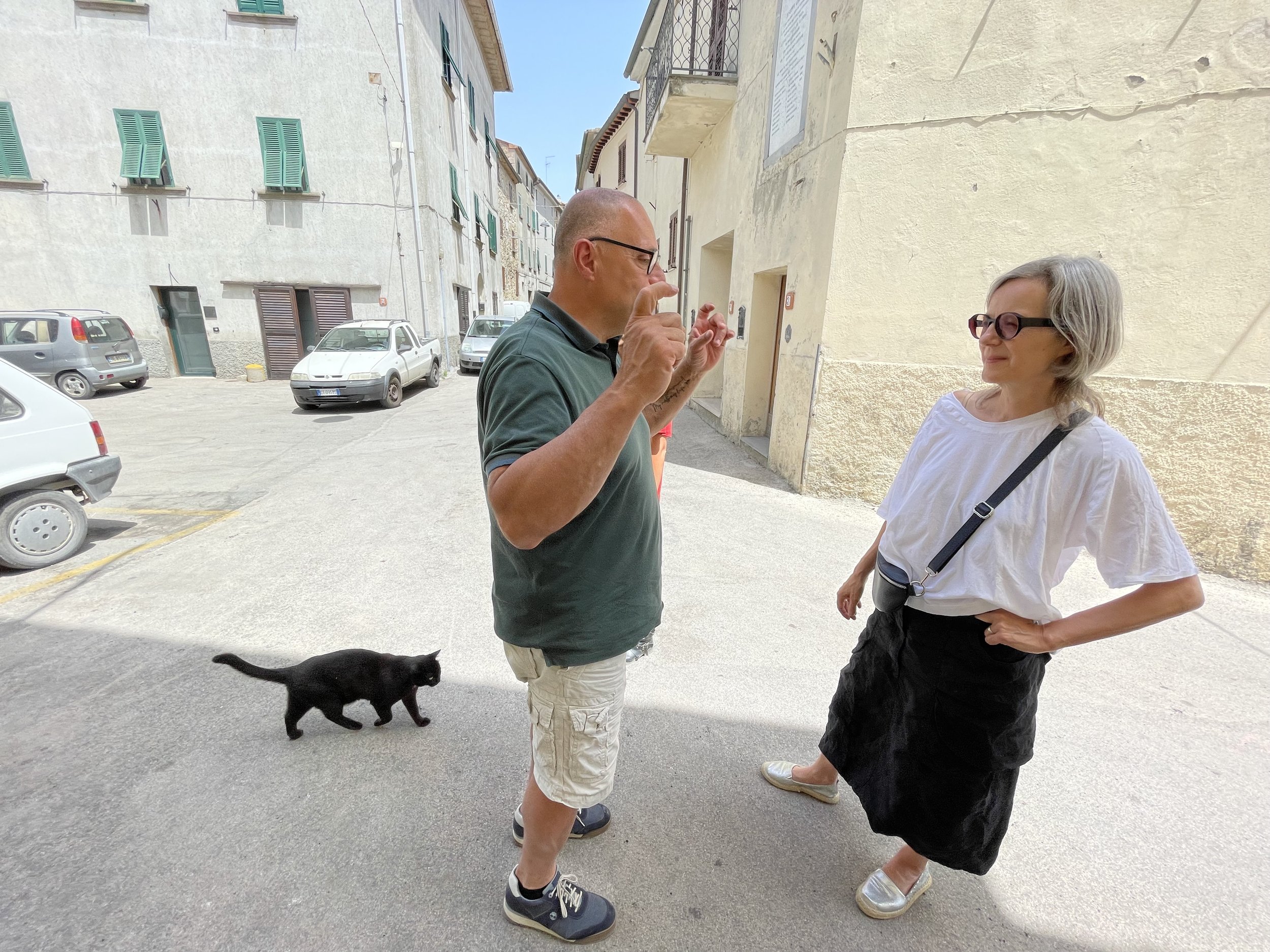

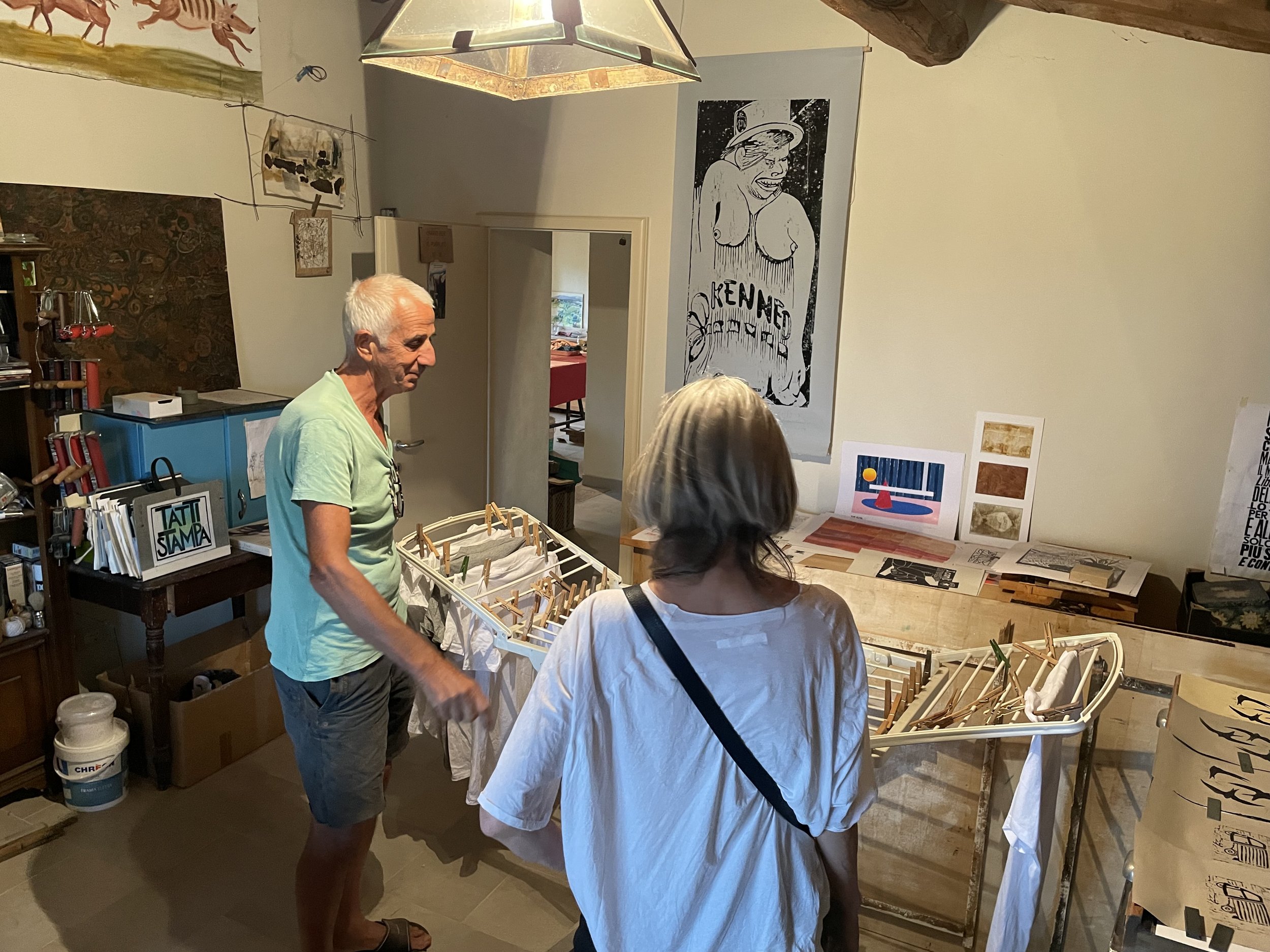
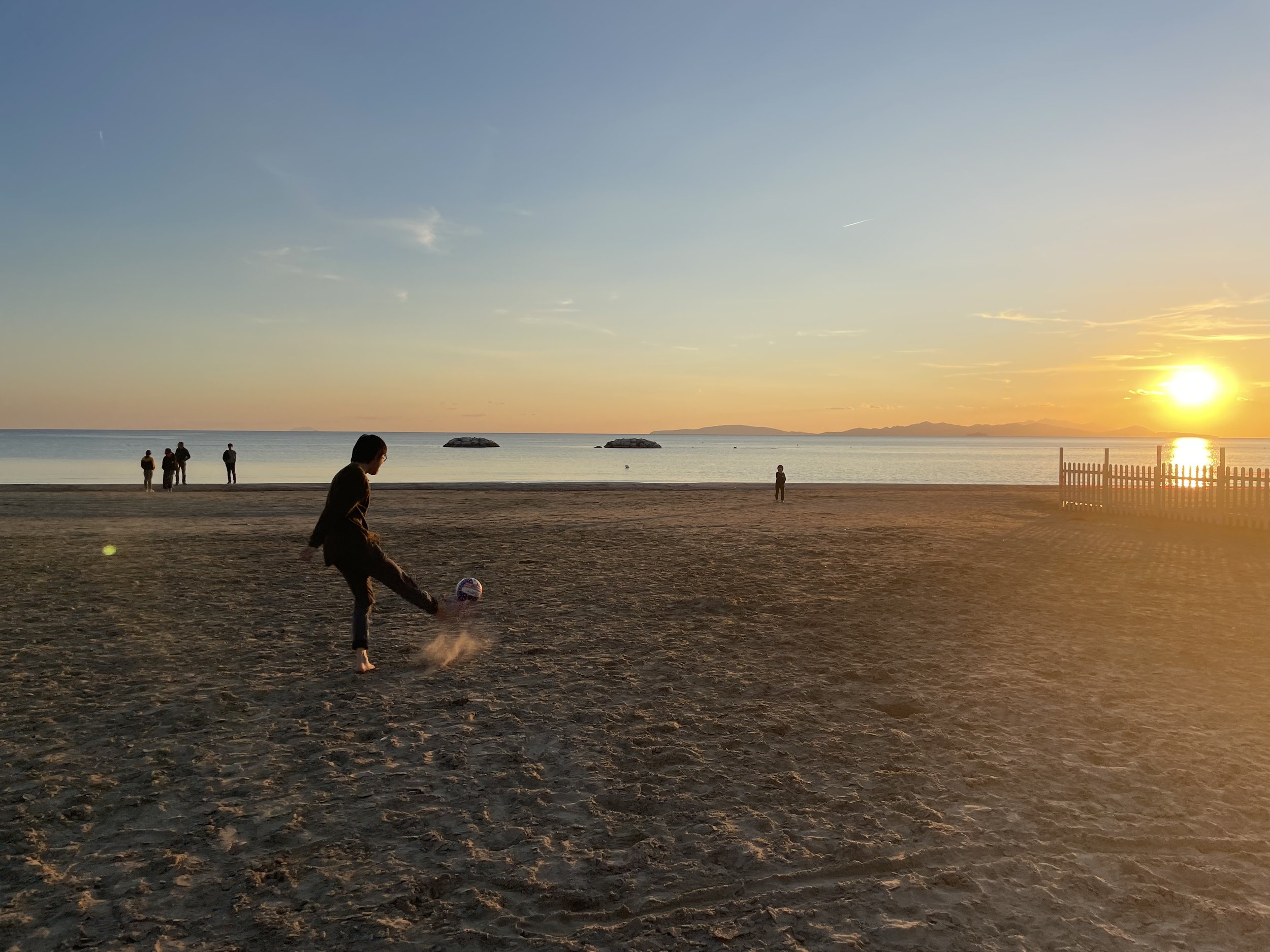
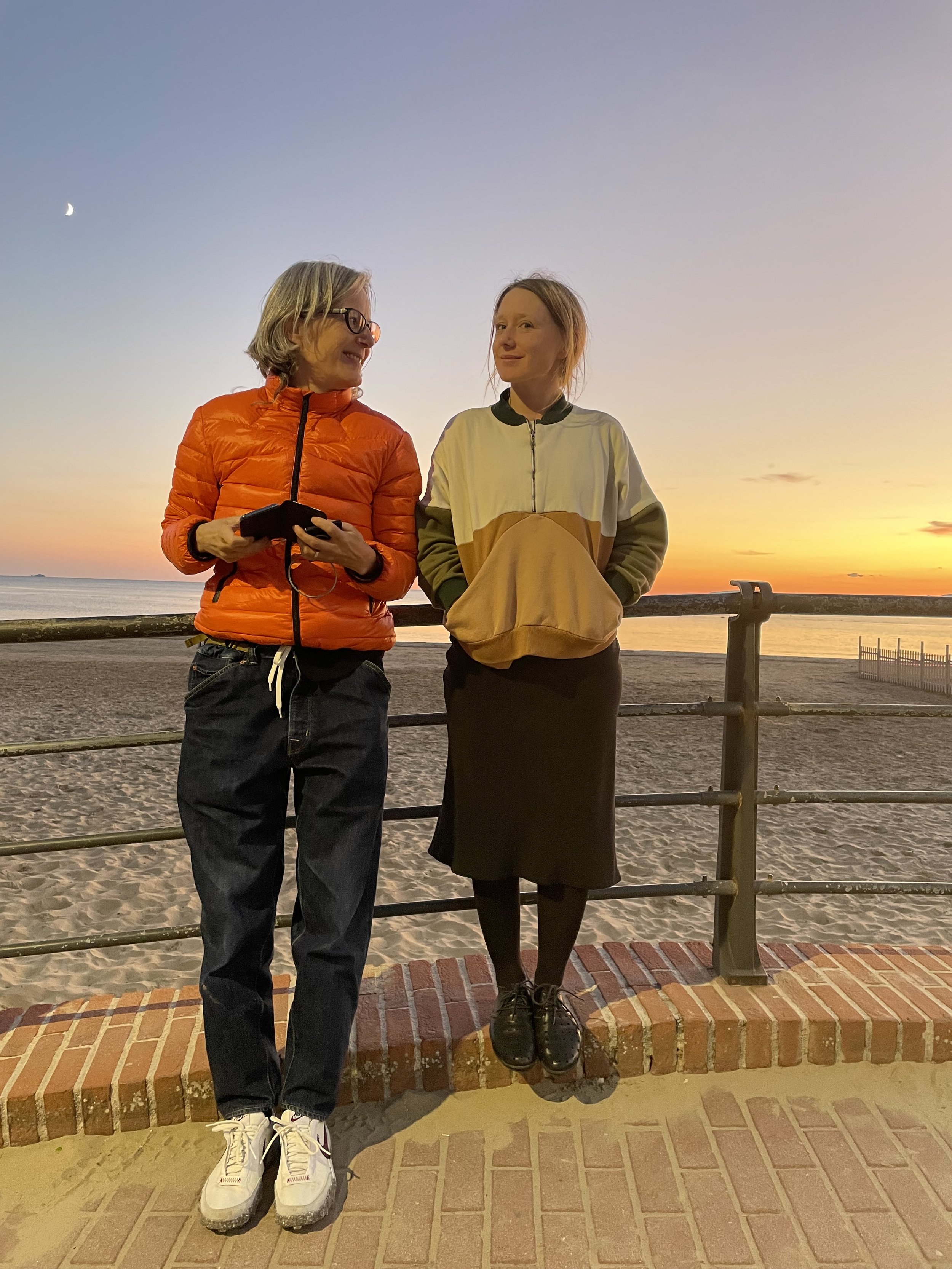
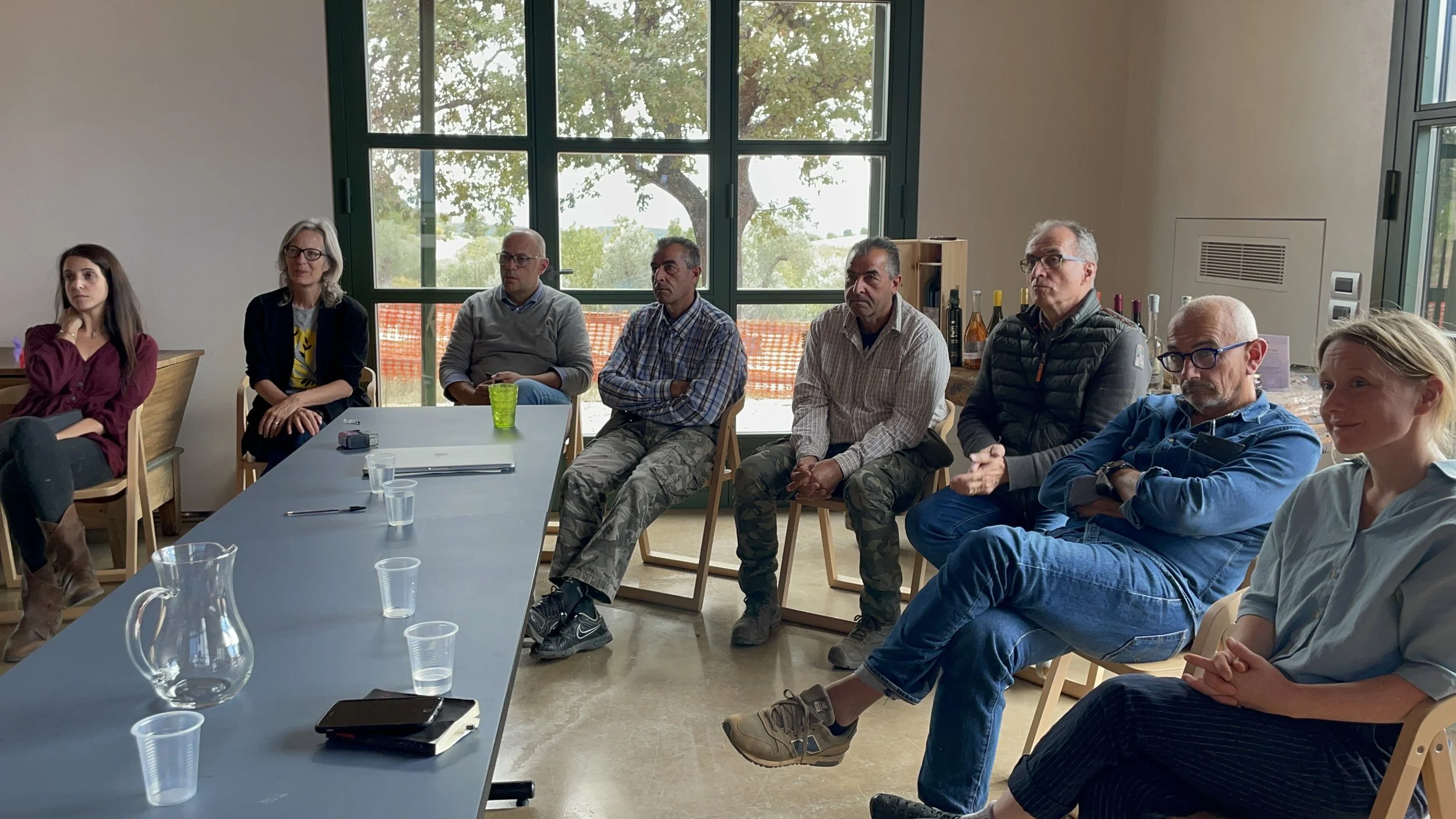

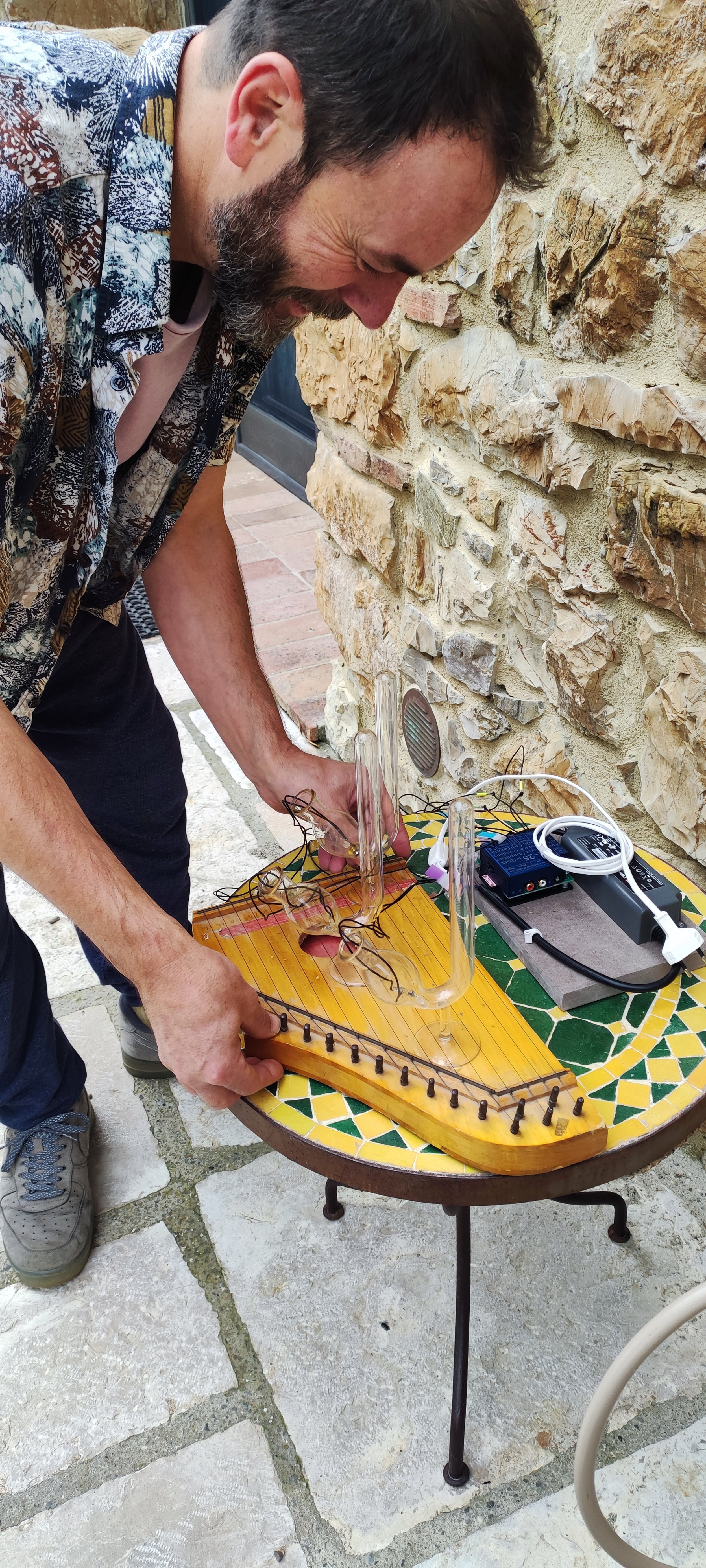
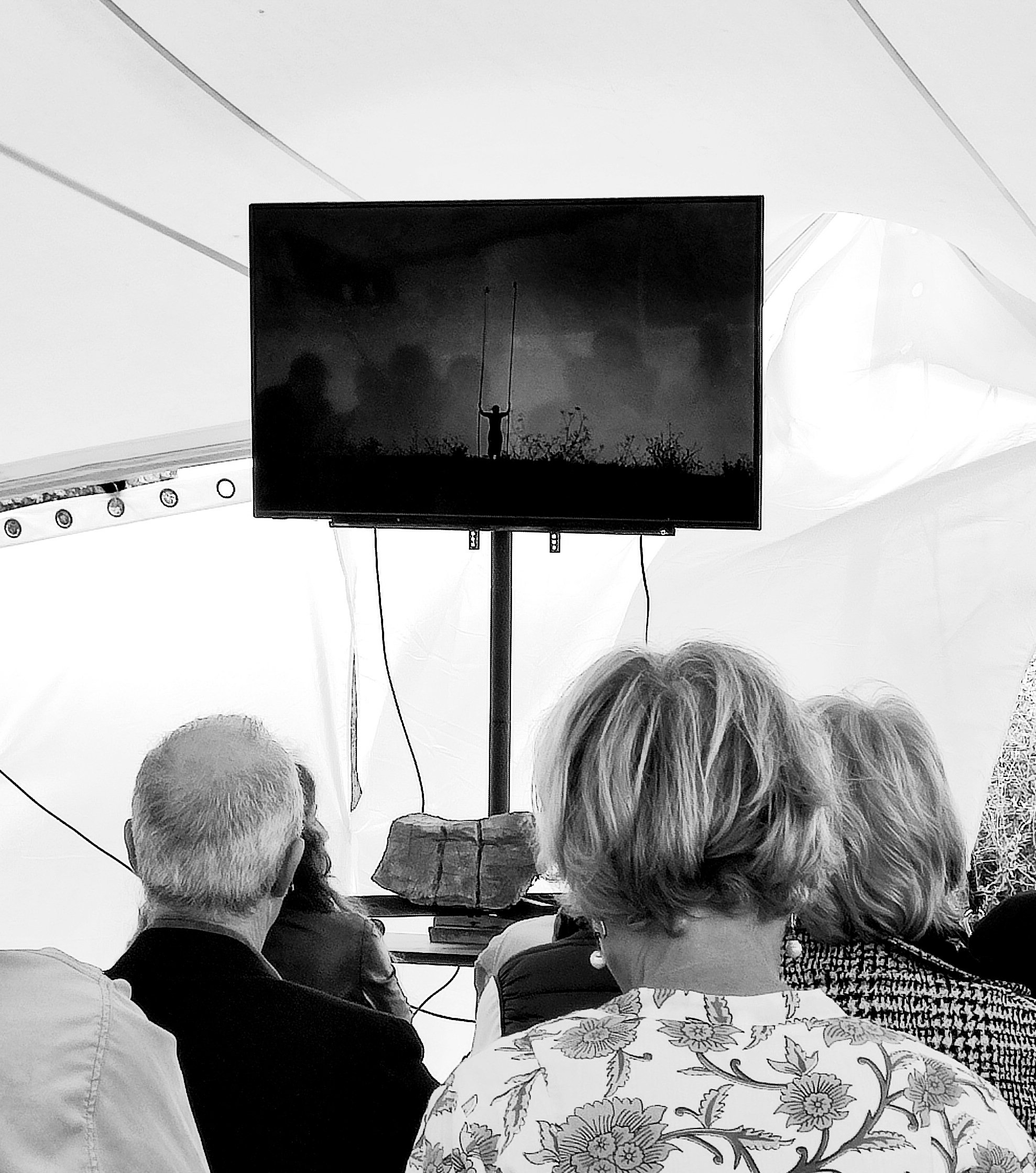
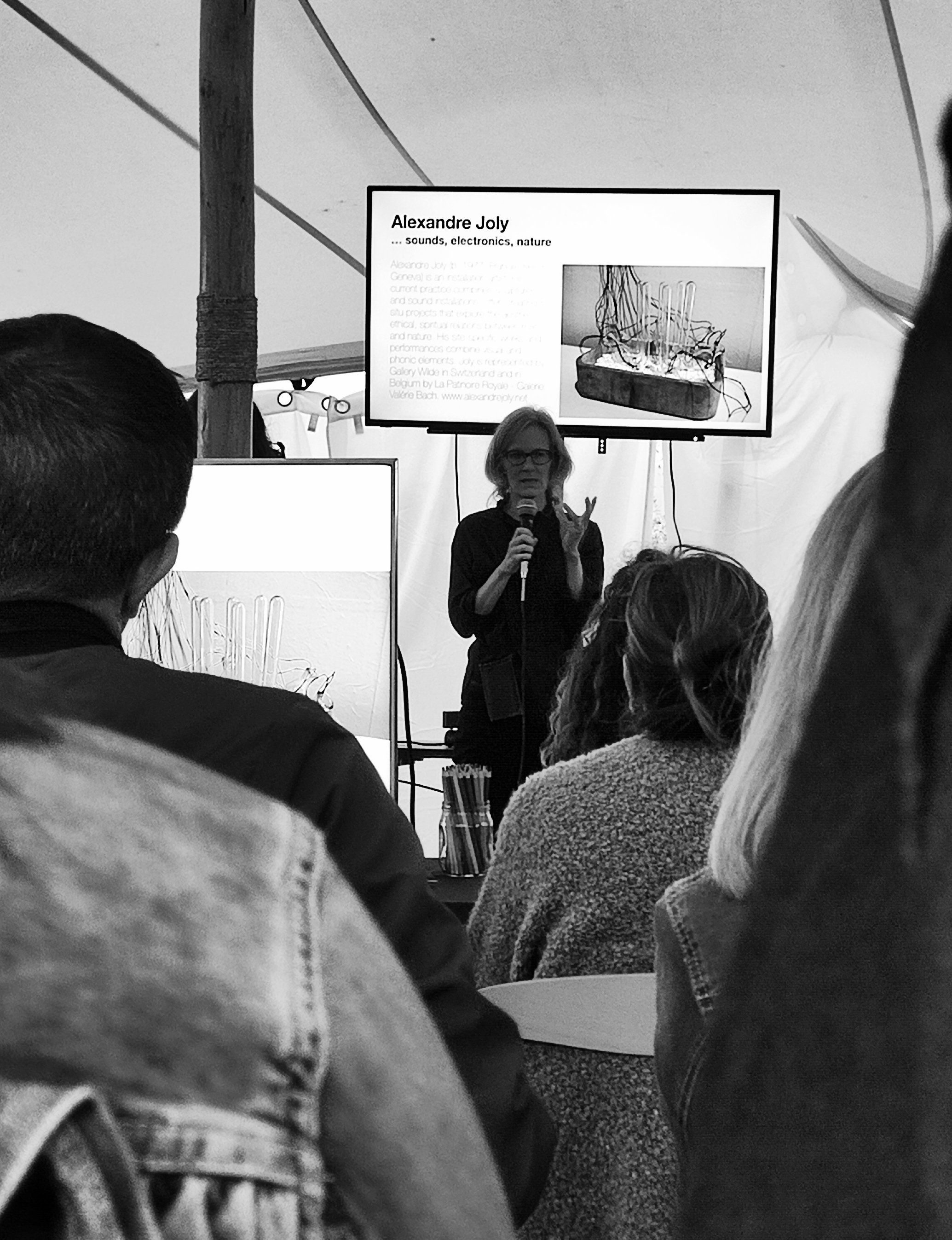




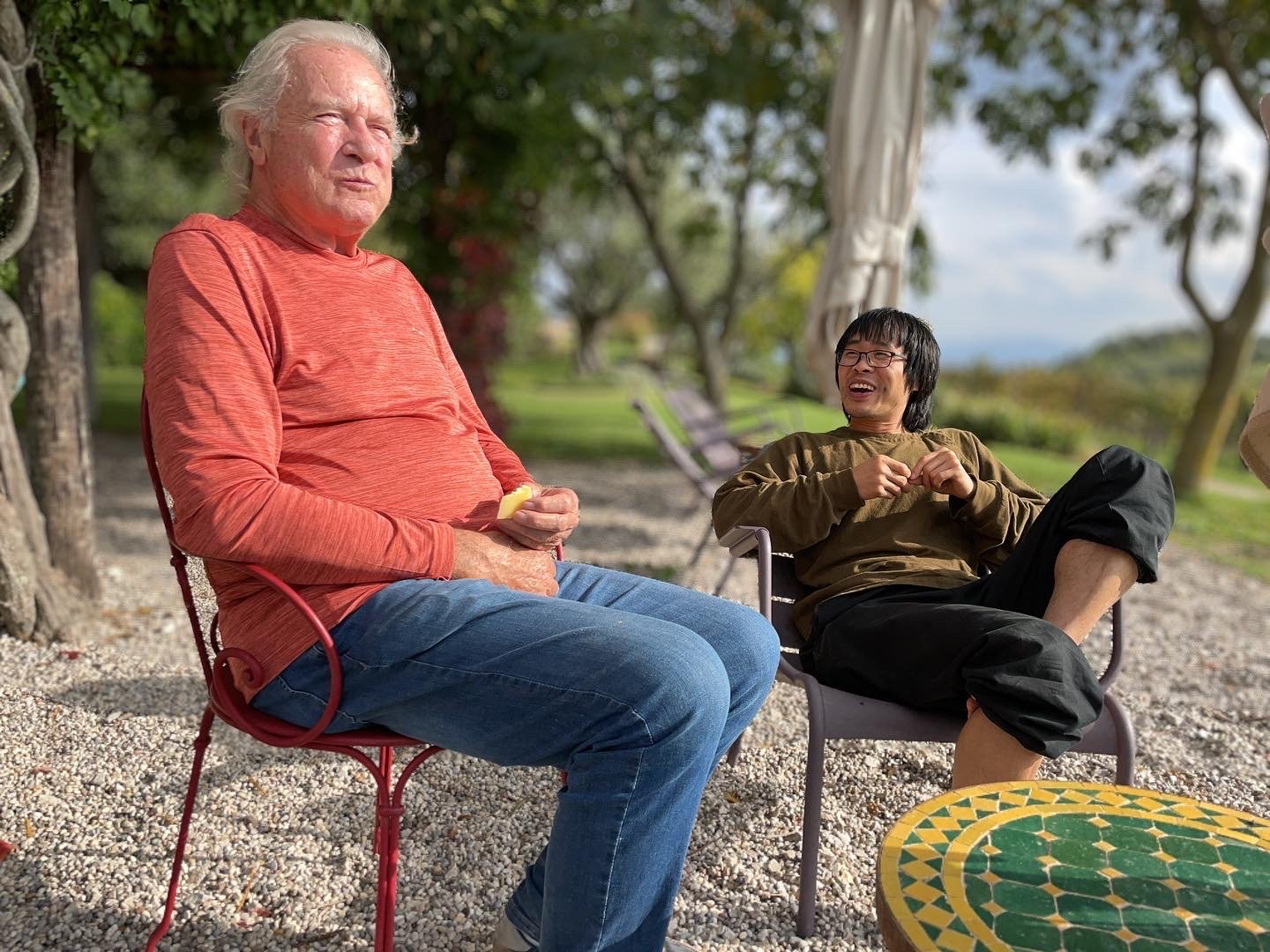
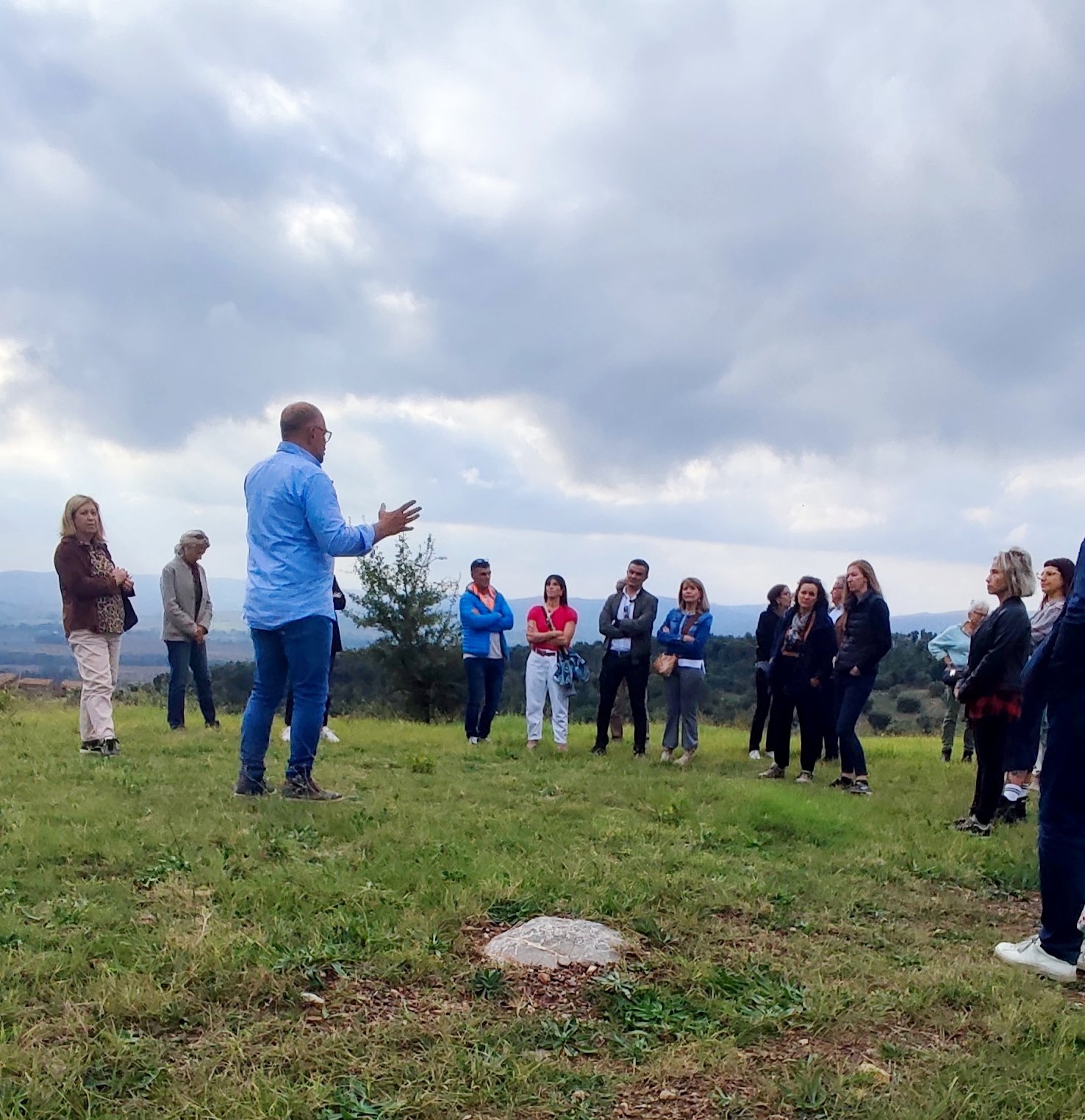
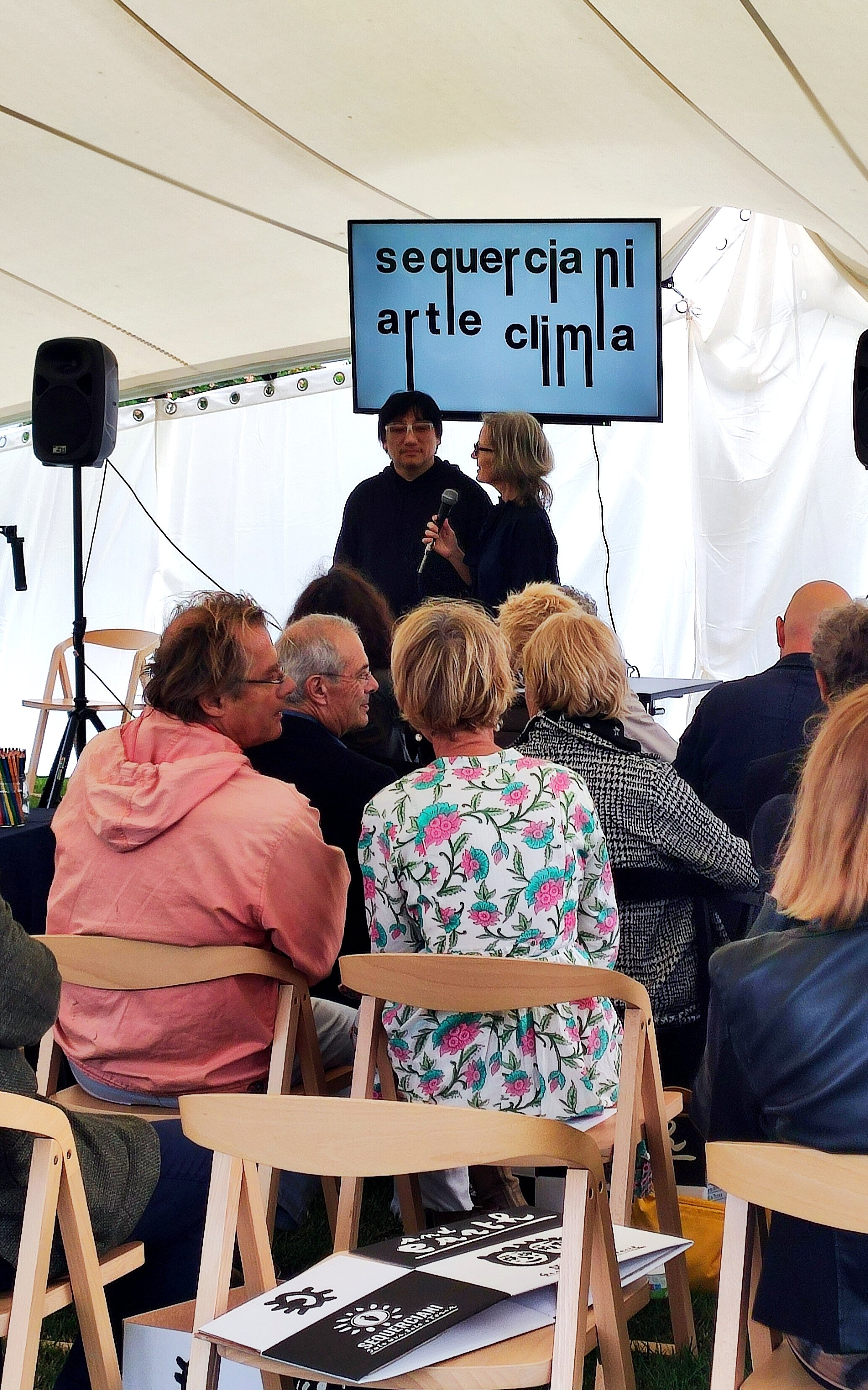

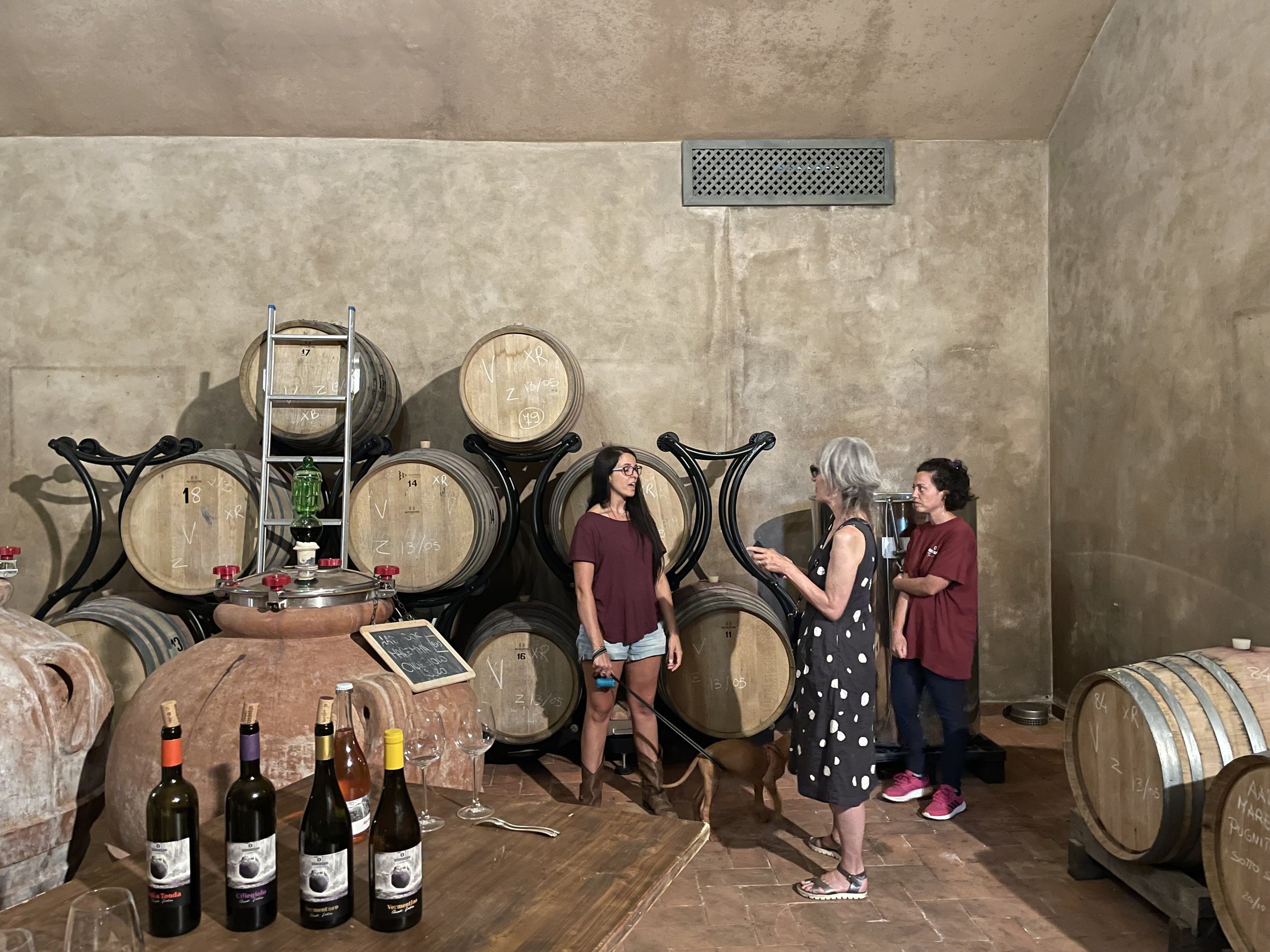

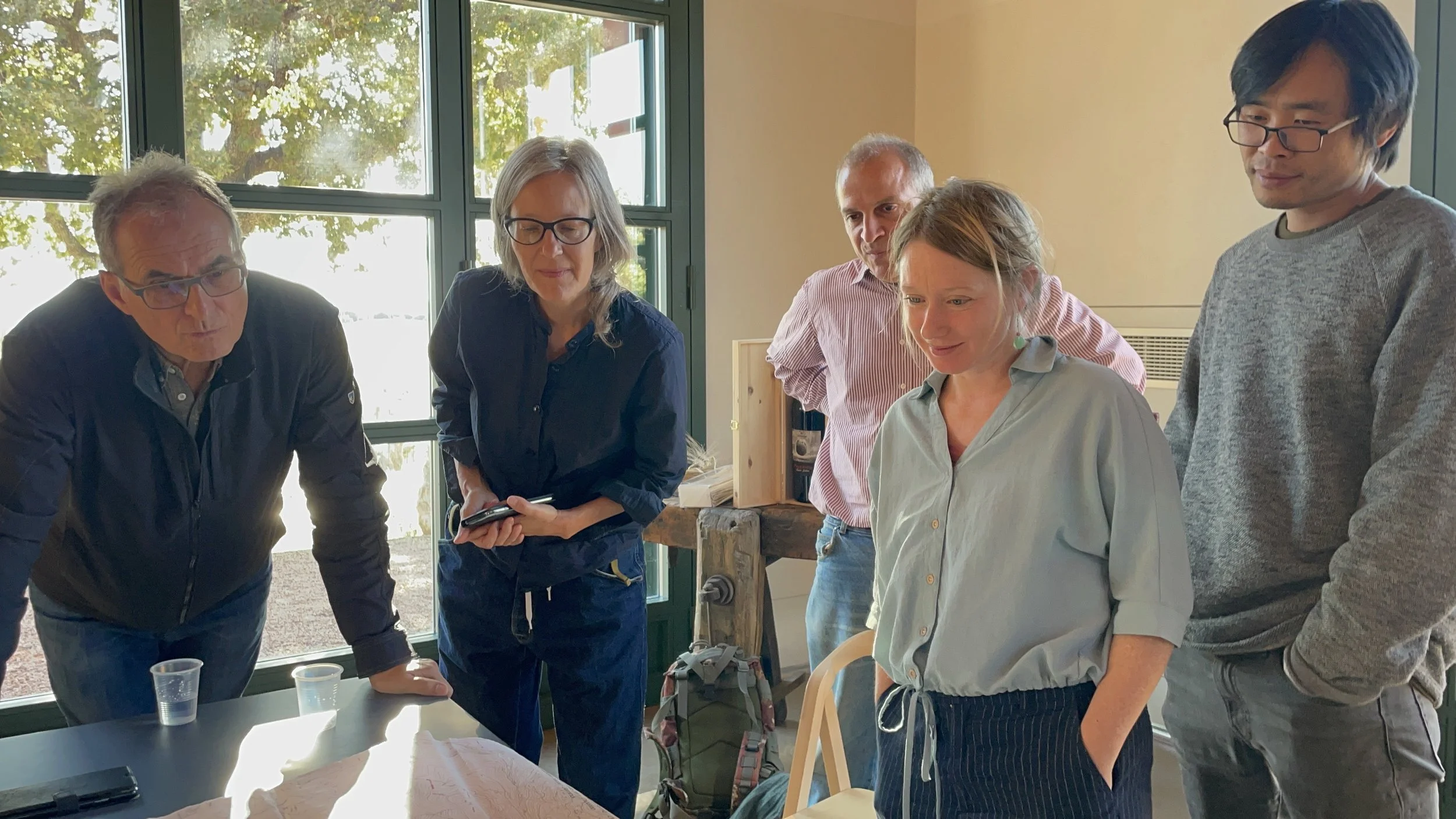
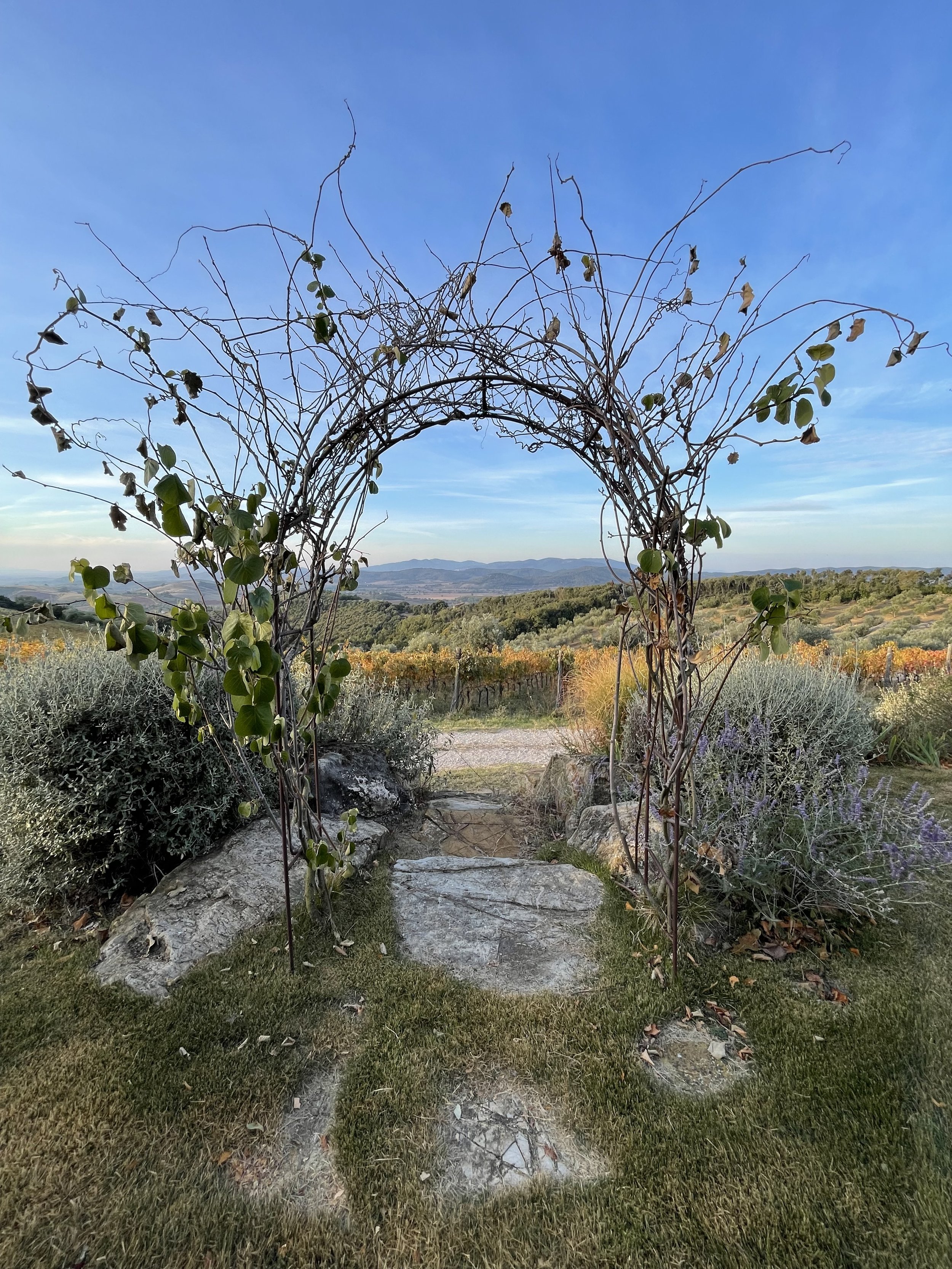

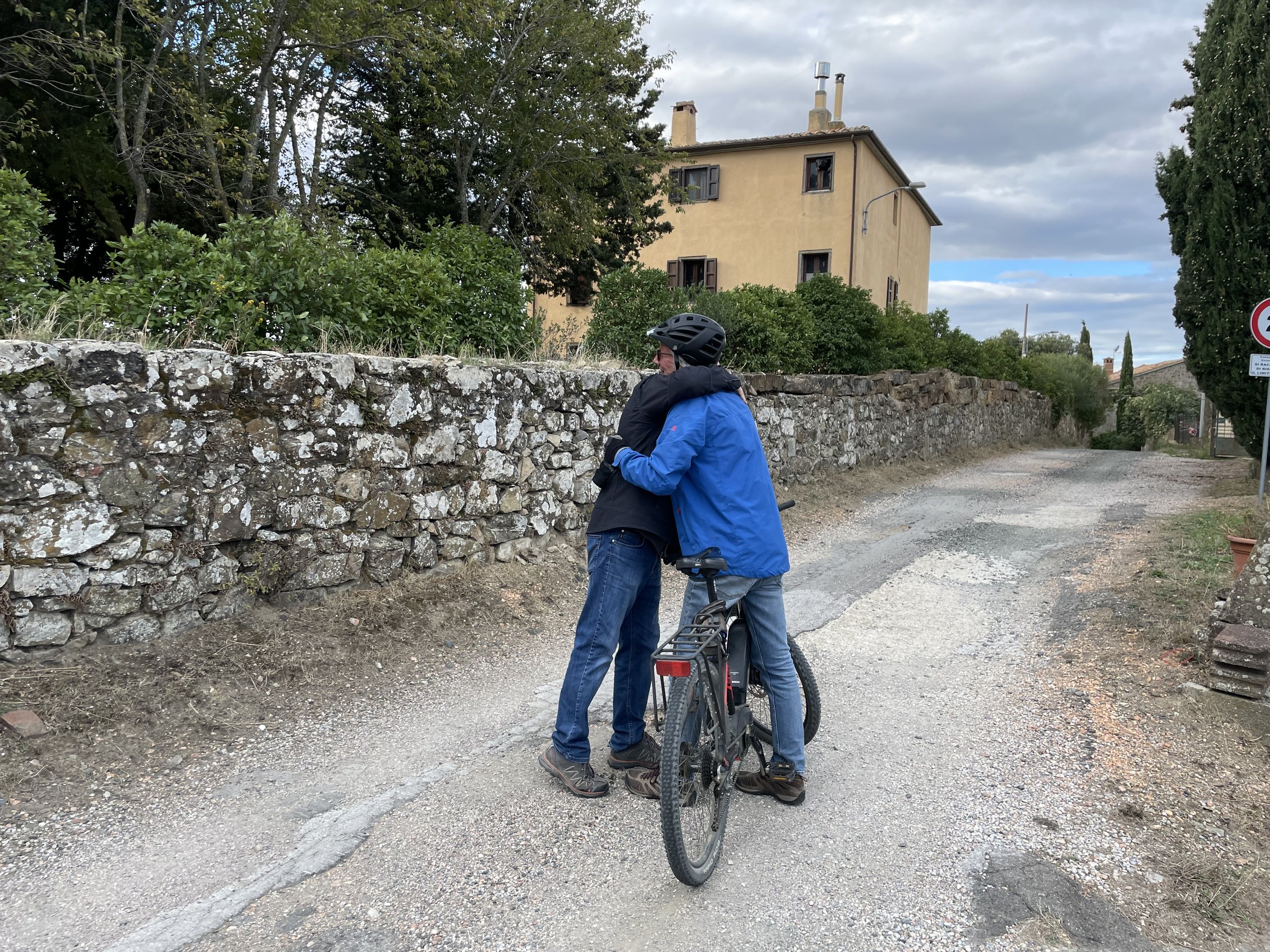
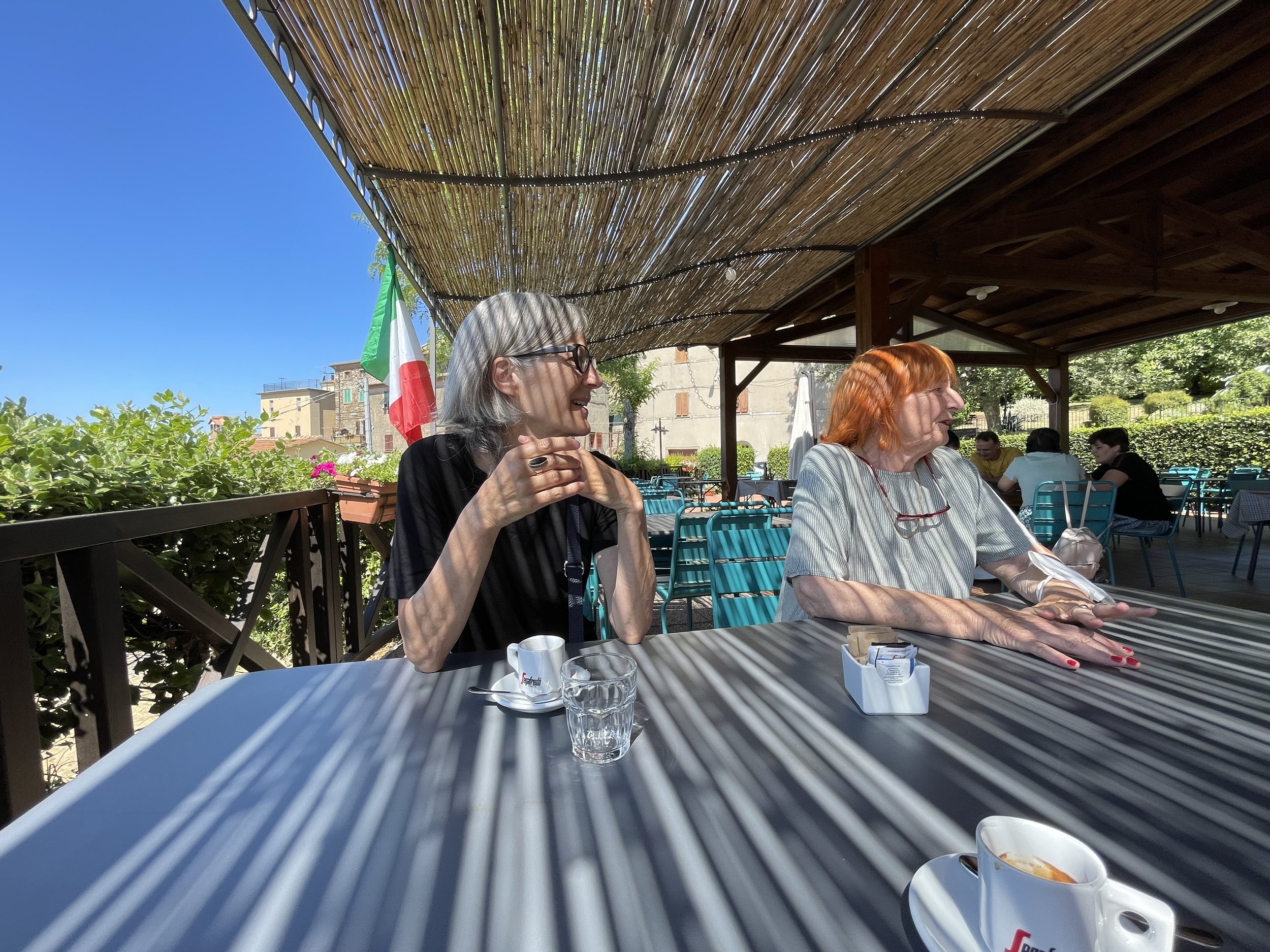
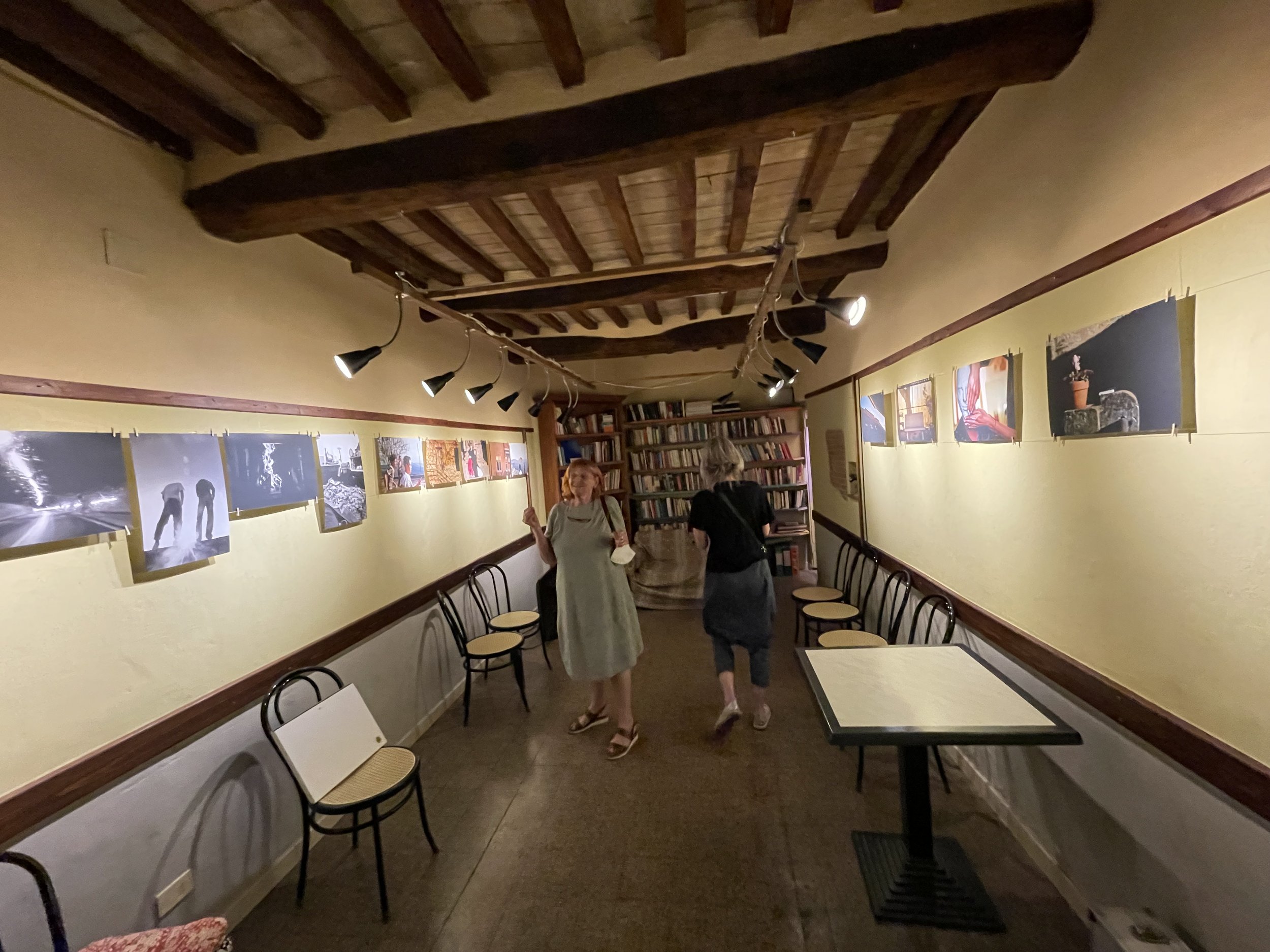
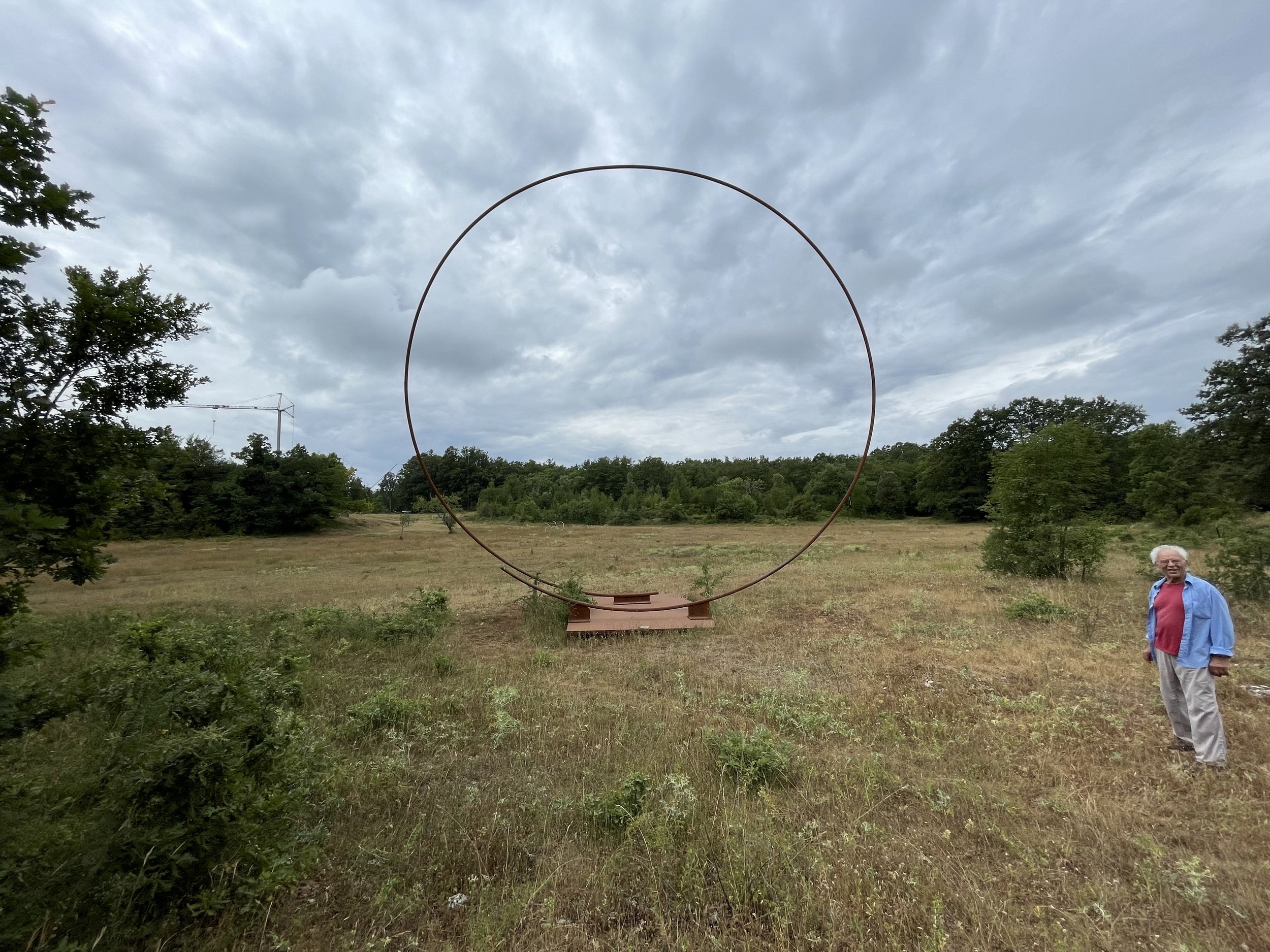
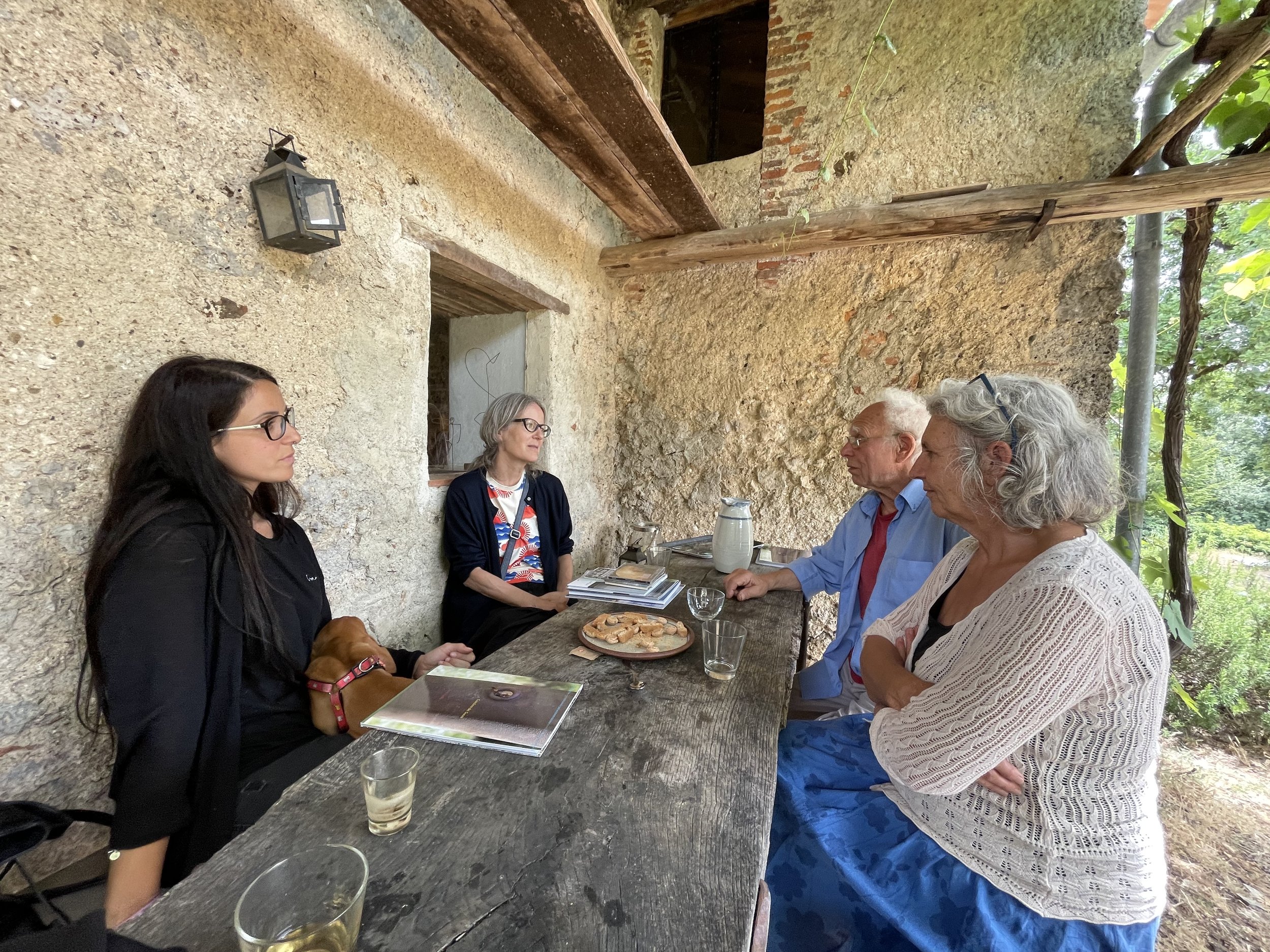
What are ecological issues?
Ecological issues reverberate through every aspect of our lives—oceans and climate change, pollution and poverty, treaties and nations, war and migration, everyday life and interstellar exploration, emerging technologies and anthropocentrism. Human nature and human action can find solutions to known problems. The process begins with one person’s knowledge and action and extends into a shared global vision. However, this process also has no perfect answers or perfect methods, and there may not be an end point.
What can art do for the environment?
Art is different from publicity. Art stems from the communication of individual experience, and individuals can absorb and reflect on artists and their creations, thereby nurturing a more effective understanding of a given subject, spanning the fluidity of environmental issues, the exploration of complex individuals and environments, and the practices and possibilities that arise from the transformation of experiences, memories, materials, and technologies. In addition to depicting known human emotions in visual or written form, art can constantly advance an exploratory, questioning approach. Art is the best partner for the environment, because art can produce connections between people on equal footing.
What can we do at Sequerciani?
We can research communities, geographies, products, histories, and societies and grow with the local people, in order to build an ideal society. Artists from outside Sequerciani will bring new knowledge from different regions, joining it with local knowledge and sparking encounters between people. Through conversations between people and the presentation of art programs in Sequerciani, we hope to build a laboratory for equal learning, and we intend to construct a beneficial business model around ecologically focused travel, agriculture, and life. Both the commercial and non-commercial sides of the project will benefit the region and improve education for both locals and visitors, because we believe that these ideas and practices are worth sharing. They offer a more beautiful vision of life.
How are we doing it?
We are learning about difficulties in the region and the contemporary moment, about economic cycles and production, and about cultural pasts and presents. All of this requires concrete local field work, which will link the locality with other satellite towns into a single whole and incorporate that whole into a Tuscan, Italian, European, and even global vision. We currently have a potential direction for what we can do and what we must do. Step 1: Residencies. In this most direct of encounters, what the artists bring will quickly fuse with local elements into a site of possibility. The residencies do not presuppose any outcomes. Instead, the openness of these residencies creates space for both artists and locals, which will in turn help people to find a natural balance in these encounters that may gradually evolve into possible outcomes. Step 2: Commissioning works of art. This requires a long period of preparation, as well as an understanding of local culture and everyday life. The generated works of art will represent this project, as periodic milestones and the result of the time invested.
Why are we doing it this way?
We have a responsibility to bring the possibilities of new knowledge, technologies, and cultures to this changing region and to bring the beautiful history, products, and communities from this region to the rest of the world. This dynamic, interactive aspiration requires collaboration among equals and collective participation in its achievement. Conversations, artist residencies, and agriculture are all pathways. We are attempting to find a possible path that will bridge the gap between large, dense cities and declining villages, explore the potential for better lives, and create a future ecosystem of possibilities, which will unite culture, science, and countryside.
什么是环保问题?
这反映在我们生活的方方面面,海洋和气候变化,污染和贫穷,协约和国家,战争和移民,日常生活和星际探索,新兴技术和人类中心主义,等等。其指向为人性,以及人类行为如何为已知的困境找到解决方案,从一个人的认知、行动开始,逐渐扩展为全球共识。这是一个没有完全答案和完全方法的进程,也许也根本没有终点。
艺术能为环保做什么?
艺术不同于宣传。艺术来自个体经验的传递,让艺术家和艺术创作,可以被个体接纳、反馈,形成更有效的,对事物的理解。如,对环保问题移动性的关注,对个人复杂性和环保复杂性的探索,对经验、记忆、材料、技术转化带来的可能性之实践。艺术除了描画、描写已知的人类情感,还在于不断前行探索和挑战的姿态。艺术也是环保问题最好的伙伴,因为艺术,人和人之间,才产生出平等的联系。
我们在Sequerciani能做什么?
研究人群、地理、物产、历史、社会等等方面。伴随当地人一起成长,建筑理想社会。外来艺术家的引入,将让不同地缘下的新知和在地的知识交汇,让人和人相遇。我们在Sequerciani希望建立一个平等学习的实验场,并试着通过人和人的交流,艺术项目的落地,构成有益的商业模式:有环保意识的旅游,有环保意识的耕种,有环保意思的生活。商业与非商业能构成这一地区的发展,完善教育,这一针对地区在地人群,以及往来此处的临时访客。因为,我们相信这些议题,及其确实的实践,是值得分享和共享的———更美好的生活图景。
我们如何做?
理解地区化和现代性困境,理解经济循环和生产,理解文化传承和现在。这些都需要很具体的实地工作,在地的,将在地和其他点状的卫星城连接成一个整体,进而纳入到图斯卡纳,意大利,欧洲,乃至全球的图景中。我们才能为我们所能做和需要做的,给出可能性的方向。第一步:驻地。这是最直接的遭遇,艺术家带来的,和在地的,很快融合成一个可能性的现场。驻地,并不预设任何结果,而是让驻地的开放性既是面向艺术家的,也是面向在地的。让人在遭遇中找到自然的平衡,并逐渐发展演化出可能性的结果。第二步:委托创作。这需要长时间的准备,对在地文化和日常的理解,生成的艺术品,将代表这个项目,成为时间的结果和项目的阶段性纪念碑。
我们为什么这么做?
我们有责任为这个正在改变着的地区,带来可能性的新知识、新技术、新文化。并将在地的美好的历史、产品和社群带给世界。并且这一目的或愿望,应该是动态交互的,是平等共处的,一起共构的。对话是道路,艺术驻地是道路,种植也是道路。我们试着找可能的道路,一方面是为了缝合集中聚集的大城市和衰落乡村的差异;一方面是为了探索更美好生活之可能;一方面是为了创造可能性的未来生态,集文化、科学和田园为一体。
